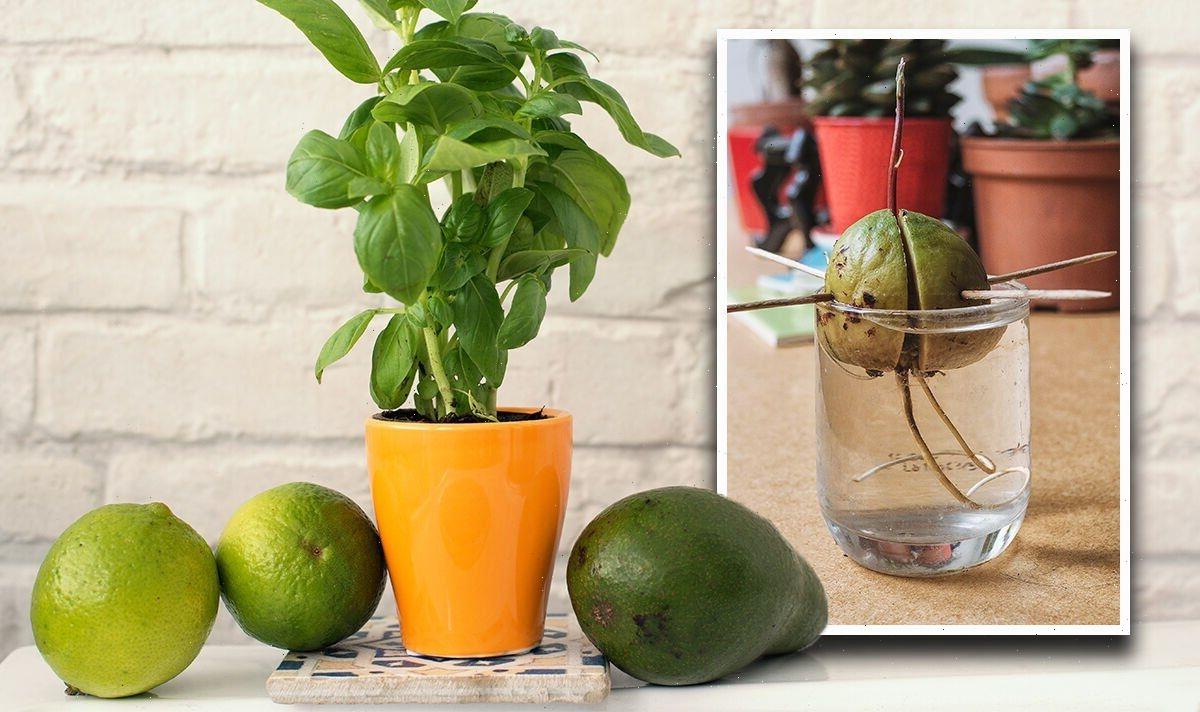Tortilla chef explains how to tell if an avocado is ripe
We use your sign-up to provide content in ways you’ve consented to and to improve our understanding of you. This may include adverts from us and 3rd parties based on our understanding. You can unsubscribe at any time. More info
Avocados are loved for their creamy, green flesh, and they’re surprisingly easy to grow at home yourself. Not only does this exotic plant offer plenty of flavoursome fruits – but also an impressive display of attractive foliage which can be enjoyed both in the home or out in the garden. Whether you want to enjoy a ripe avocado for breakfast or mash it up into a refreshing guacamole dip, here’s how to grow your own avocado plant using just one stone from ripe fruit.
The avocado plant bears an abundance of delicious, healthy fruits when grown in the right conditions.
While the cool British climate is less than ideal for establishing avocados at home, it can be done by creating a warm, humid environment in your home, or outdoors in a greenhouse.
For the best chances of establishing a fruitful crop, Gardeners’ World recommended sourcing a cold-hardy avocado variety that will be “more suitable” to the UK growing conditions.


How to grow an avocado from the stone
Avocado stones can be carefully tended to in order to get the plant to germinate.
Heat, moisture and humidity are crucial to establishing a strong crop, but patience is one of the most important elements to consider when growing the plant from a single stone.
According to Gardeners’ World, avocados can be started between November and February, with most plants ready to harvest in July and August.
One popular method of getting the crop going is to pierce the stone of a harvested avocado using four toothpicks.

Prepare the stone
Fill a small cup or container with water and gather four toothpicks to create a support system for the stone.
Pierce the stone by placing one stick on each side of the stone in a cross pattern.
Place the stone on top of the cup so it is suspended in the air, with the base still touching the water in the cup,
Leave the stone to germinate
Keep the container in a warm, sunny place where it should be left undisturbed for at least six weeks.
You can leave the large seed on a bright, exposed windowsill – just make sure it has access to plenty of light and heat during this time.
When the stone begins to split, it’s time to transplant the germinated seed into a soil-filled container to grow into a plant.
DON’T MISS:
What to do in the garden in May: Plants, weeds and pests [LATEST]
When to plant bulbs: Simple test to check if your bulbs will flower [REVEAL]
When to cut back tulips – key date to secure fresh blooms next year [INSIGHT]

Transplant the stone
Remove the toothpicks from the split stone and plant it as you would a seed or bulb into a clean container.
You should use peat free compost to fill a small pot and dig in the germinated seed until it is covered.
Water the freshly planted stone well and leave it in a warm spot to continue growing.
It is crucial that you check the pot regularly to avoid the plant drying out, so keep it well watered while it begins to sprout.
Maintain the growing conditions for a successful plant
Once your seedling has established, you will need to move it into a larger pot in order for it to continue growing.
You should also maintain the growing conditions as the plant gets taller, so focus on the moisture of the soil and the room temperature for best results.
Gardeners’ World said: “Avocados won’t tolerate severe cold, so they usually need to be grown as houseplants or in a greenhouse in cool climates.
“If you have a sheltered garden in a mild area, you could try growing your avocado plant outside. Or at least move it outdoors for the summer months.”
For a successful avocado plant, you should:
- Keep the plant well-watered
- Feed the plant every two weeks with a liquid plant food during growing season
- Be patient – avocado trees can take up to 10 years to bear fruit in the right conditions
- Pollinate the plant regularly – most crops are self-fertile, but you will need to hand-pollinated flowering plants in order to get set fruit
Source: Read Full Article
